Table of Contents
Why Should You Raise Your PPC Intelligence?
What Is PPC?
Are There Other Ways of Paying than “Per Click”?
Who Dominates the PPC World?
What’s the Difference Between a Search Campaign versus a Display Campaign?
What PPC Intelligence Do You Need to Make Money?
Control Your Budget
How Fast Can PPC Work?
What Are Retargeting Ads?
What Are Common Problems with Misconfigured PPC? Why Isn’t PPC ROI-Positive?
Have We Raised Your PPC Intelligence?
In the world of digital marketing, buying digital ads available through some of the largest companies on earth can be a fantastic top-of-funnel source of business if you have the right PPC intelligence.
But what exactly is PPC, and how can you make the most of it?
In this guide, we’ll discuss PPC’s role in high-performance sales funnels, when it makes sense, what’s required to make it ROI-positive, and some of the critical KPIs, all of which are becoming part of what is now known as “PPC intelligence.”
Why Should You Raise Your PPC Intelligence?
Whether you are running PPC from within your organization or relying on 3rd parties to manage your accounts, you need understand how it work (or doesn’t) and why.
Setting aside special cases like accident attorneys or real estate agents, most firms can be ROI-positive on PPC without having a full-time statistician on board.
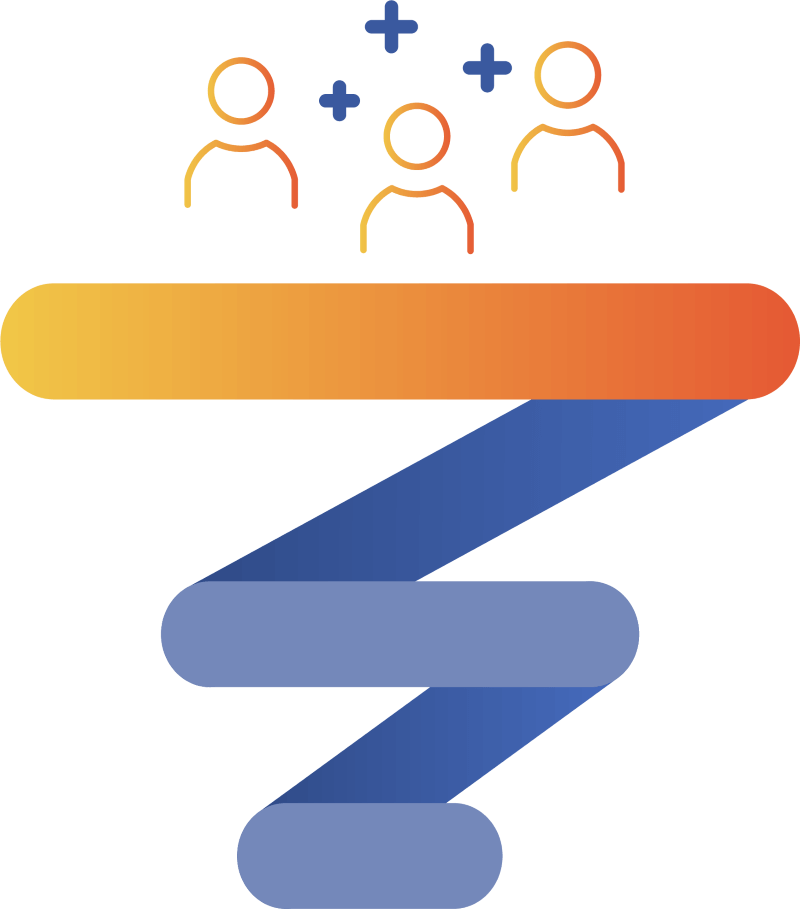
Whichever direction you go, you want to understand the components so that you can fix the specific stops on the assembly line versus just getting frustrated and saying it doesn’t work.
What Is PPC?
PPC stands for “Pay-Per-Click.” It’s a digital advertising model where businesses/advertisers pay a fee each time one of their ads is clicked.
You’ll also hear it referred to as “SEM,” which stands for search engine marketing.
That’s a bit confusing because SEO is technically search engine marketing as well.
SEM/PPC = Purchased Space/Ads
SEO = Organic Results
As a business, you can set lots of parameters for when your ad will show:
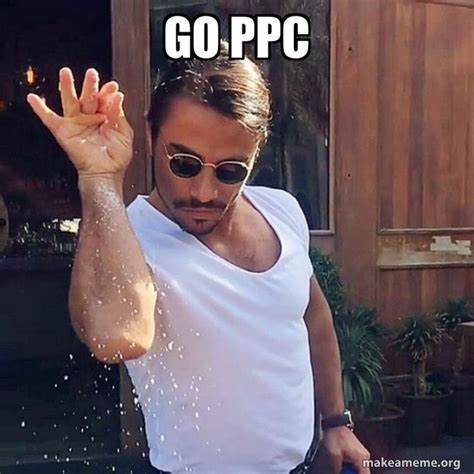
- Search phrases/terms
- Locations
- The maximum amount you’re willing to spend
- The days of the week on which your ads will show
- The time of day your ads will show
- The devices on which your ads will show
- The page/URL you want the ad to go to.
And there are many more!
Each time your ad shows at all, an Impression is registered. That means someone theoretically “saw” your ad. As with many ads, the eye passing over them does not mean the brain registered anything regarding the content.
If your ad does catch someone’s attention and its messaging inspires interest, they’ll then click the ad, which goes to your website, where the landing page then has to expand on that interest and generate intent to purchase. Getting landing pages to incentivize strangers to move down the funnel is a practice known as Conversion Rate Optimization or CRO.
PPC became available in the early 2000s, back when Yahoo still mattered as a search engine. Overtime, its management has become much more complex while Google has also introduced more limited versions and gamification that are simpler to get started, but much more likely to produce negative return on investment.
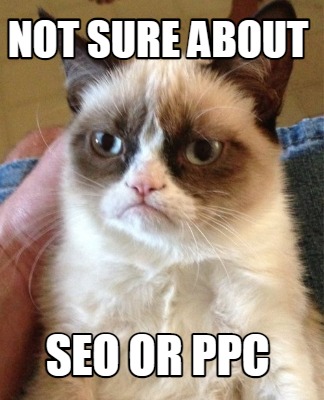
Are There Other Ways of Paying than “Per Click”?
Yes, there are alternative payment models, such as CPM (Cost-Per-Mille), which means per 1000 impressions. CPA (Cost-Per-Action) can be achieved when you sync the Ads platform (Google, Meta, etc.) with our website and send back data on what happened on your site.
Example: You send data back to Google every time someone submits your contact form. You can then set your Google Ads to bid based on a specific cost per submission.
However, PPC remains the most widely used model due to its conceptual simplicity and lack of complex technical implementation.
PPC campaigns can be created in minutes and generally start sending traffic on business day 2.
Who Dominates the PPC World?
With the dominant global search engine, Google is undoubtedly the dominant force in the world of PPC advertising. It’s the platform where businesses bid on keywords to have their clickable ads appear in Google’s search results. Bing Ads, Amazon Advertising, and social media platforms like Facebook and Instagram also offer PPC advertising options. Google’s extensive reach makes it the first choice for most advertisers, but the choice of platform depends on your target audience and campaign goals.
Google Ads reaches other Google platforms such as YouTube and many sites carry spaces in their content for Google-controlled banner ads. You can bid on these spots with “Display” ads.
Meta (formerly Facebook) uses a unified ads engine where you can publish ads to Facebook and Instagram.
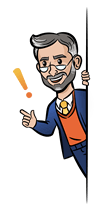
Professor’s Note
Outside of Google and Facebook, there are plenty of other options that may be a fit for certain scenarios.
Disney recently launched Hulu Ads Manager, which could be a good fit for certain B2C products.
What’s the Difference Between a Search Campaign versus a Display Campaign?
When it comes to mastering PPC advertising, you’ll often encounter two distinct campaign types: search campaigns and display campaigns.
Search Campaigns: These ads appear on search engine results pages when a user searches for specific keywords. They are text-based and typically target users with high intent, making them more likely to convert.
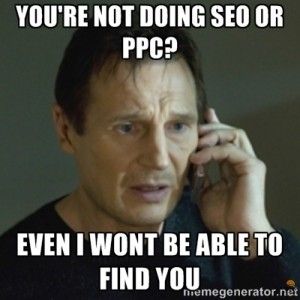
Display Campaigns: Display ads are visual, appearing on websites within the Google Display Network. They are image or video-based and can be shown to users based on their interests or behavior. Display campaigns are ideal for building brand awareness, meaning reaching people who might not be shopping for what you sell now, but might get interested today or in the future, and you want your brand to be top of mind.
The choice between the two depends on your advertising objectives. If you want to attract users who are actively searching for your product or service, a search campaign is the way to go.
If brand exposure and engagement are your goals, a display campaign may be more suitable.
What PPC Intelligence Do You Need to Make Money?
Now that you understand the basics of PPC, let’s delve into how you can master PPC advertising and how businesses can use this advertising model to generate revenue and increase your return on investment.
Drive Only Targeted Traffic
By bidding on relevant keywords with intent, businesses can attract potential customers who are actively searching for their products or services. This targeted traffic is more likely to convert, resulting in increased sales and revenue.
“24-hour plumber near me” is a high intent search phrase for a plumber. “How pipe joints work” is a much lower value phrase to bid on (because that person could in training, looking to DIY a project, etc.)
Control Your Budget
PPC advertising allows businesses to set daily or monthly budgets and see what bidding on different keywords costs, ensuring they don’t overspend overall or burn their entire budget on expensive phrases when more affordable phrases with the same intent level are available. It’s a cost-effective way to manage ad spend and measure the effectiveness of campaigns.
Analyze and Optimize Often
PPC platforms provide extensive data and analytics. By analyzing this data, businesses can fine-tune their campaigns, optimize their ad copy, and target specific demographics or geographic regions to improve results.
Overtime, businesses should be optimizing for overall cost of acquisition (CAC) and driving it down. Understanding what various clicks costs and their likelihood to generate a buyer is a big piece of that process.

Professor’s Note:
Here’s some simple funnel math to help you understand how PPC costs get factored into overall profitability.
An e-commerce company sells widgets for $100. With all of their internal costs to produce and ship widgets, they calculate they make $20 profit per widget before any costs of advertising are included.
They can purchase a click with high intent for $1.
1 out of 10 purchased clicks results in a widget purchase.
So they can basically spend $10 on PPC to get a new customer and make $100 on the sale of a widget, keeping $10 in profit.
Their ROI on PPC would be 100%: $10 invested, $20 returned.
How Fast Can PPC Work?
Setting aside businesses who can physically set up shop in front of their potential customers, PPC is probably the fastest Go-to-Market Strategy.
Whether you’re launching a new product, adding a top-of-funnel source for an existing business, or launching a new business, being able to get strangers (ideally your target market) to your website quickly is critical.
Setting up a single campaign in Google Ads or Meta takes less than 30 minutes and can be turned on immediately.
PPC ads platforms use tons of algorithms to manage all of the concurrent advertisers and who should “win” each time a visitor comes across a piece of digital real estate that can show an ad, so the systems then start “learning.” Expect to see a trickle of actual clicks on day 2 with a more normalized flow by the end of week 1.
Will you start making money? That depends on a number of factors:
- How accurate your ads were to the actual value proposition of what you sell
- How well your ads were targeted. Were your ads only get served to your target audience while they are in the buying cycle?
- How well your landing page quickly helps your stranger-visitor understand that your offering is what they need AND trust that you can deliver it
- How well you explicitly tell your stranger what the next step is to get the value you offer
At Sales Funnel Professor, we work for touch-1 conversions, meaning your visitor takes the desired next step in your funnel on their first visit to your site. And yes, touch-1 conversions are possible even for high dollar, B2B offerings if your sales funnel is optimized end-to-end.
For e-commerce with a simple product at a reasonable price, that’s the actual purchase. For more complex products like SaaS, that could be starting a free trial or scheduling a demo (call them guided tours).
Many companies with poor CRO will never get touch-1 conversions but can still make money off of PPC via running retargeting ads.
What Are Retargeting Ads?
“Retargeting” and “remarketing” are both valid names for the same practice. With someone who knows how to connect website data with Google and Meta, what happens on the page is sent back to the ads engine via a cookie being set in the visitor’s browser and a data feed of that user’s behavior being sent back to the ads engine.
Once that cookie is set, the ads engines put them in a new category/audience with a name like “Site Visitors,” and you can target just those people with a display campaign. These are banner ads that appear in the middle of news articles, etc.
So with simple retargeting, your PPC intelligence would show:
- You got a visitor to your site the first time via a click on a search ad for a phrase with high intent.
- They visited 1-X pages during that first session but didn’t purchase.
- They then came back and visited more pages and…
- Filled out your sign up form (on session/visit #2)
Even with B2C services and products, an optimized sales funnel recognizes that a huge percentage of your target audience will need multiple touches.
Even for businesses that get touch-1 conversions, retargeting should still be deployed to get automated touches 2-X on those folks that got distracted, needed budget approval, were shopping multiple possibilities, etc.
If you look at a sales funnel image (like our logo), a search campaign is part of the top of the funnel. A retargeting campaign is part of the middle of the funnel.
Retargeting clicks are considered “Display” clicks and are typically 20%-30% of the cost of search-based clicks. The difference varies based on geographies and many other factors.
Keep in mind that with a retargeting campaign set to pay per click, you’re also getting your logo, messaging, etc. in front of people over and over for free. You only pay when they actually click the banner ad.
What Are Common Problems with Misconfigured PPC? Why Isn’t PPC ROI-Positive?
While PPC advertising offers numerous benefits, it’s not without its challenges. Here are some common problems businesses may encounter with misconfigured PPC campaigns:
Your PPC Intelligence Doesn’t Surface Purchase of Useless Traffic
Without proper budget management and keyword selection, PPC costs can quickly spiral out of control, resulting in a negative ROI.
Google & Facebook/Meta’s Ads Engines have gamification elements that are designed to show campaigns as fully “optimized” when it is basically an awareness campaign.
Both companies (some of the largest by market cap in the world) make the huge majority of their profits off of selling ads in the middle of other peoples’ content.
Their “profit optimization” is when they sell as much virtual ad space as possible, regardless of whether or not those ads create business value for the advertiser.
Unless you are an enterprise-sized ad spender on any of Google, Meta, or LinkedIn, you’ll also always be directed to sub-contractors who are basically framed as support specialists but who are trained to “help” you set up your campaigns in a way that you’ll end up paying for traffic that has very little chance of being of economic value to you.
In other words, the “PPC intelligence” on offer is really focused on getting you lots of potentially unqualified clicks.
To counteract this, you need to be sure your ads are set to be as narrowly focused on target buyers who are in the buying cycle as you can.
Low-Quality Ads
Ad quality is essential in PPC. A low-quality score can result in higher costs and lower ad rankings.
Remember that Google makes no money when someone clicks on an organic search result.
Facebook makes no money when people browse their feed but don’t click any ads.
If you’re wanting your ad to keep showing (for as little money as you can), you need to write something attention-grabbing and relevant or the ads engine will simply show someone else’s ad that is.
Keyword/Key Phrase Issues
Each ad is set to run for a particular set of phrases but those phrases may not be the right ones for various reasons:
One Phrase Consumes the Whole Budget
In general, keyword/key phrase selection when setting up PPC campaigns is an exercise in amateur psychology. As the psychologist, we want to use our empathy to say, “If I were my target persona, what would I search?”
The most obvious phrases are the only ones that junior/unimaginative PPC “experts” will come up with. These are always the most expensive because more firms are competing for them. If you also have less expensive phrases being purchased from the same budget, your expensive one may consume your whole budget, and you’re in essence getting 1 click for the price you could have paid for 3-10.
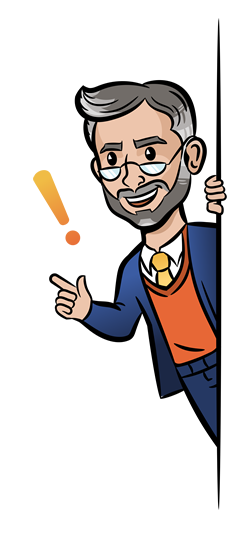
Professor’s Note
Keywords in marketing refer to words or phrases that are used to identify and describe the content, topic, or theme of a product, service, or piece of content.
These are the terms that potential customers use when searching for products, services, or information online.
Phrases Don’t Imply Purchase Intent
The ads engines and the contractors that support them are incentivized to have you buy as much inventory as they can. From an ethical perspective, they current approach is that even the most loosely associated phrases are worth your money.
Google Ads uses the term “Broad Match” as the loosest degree to which it can charge your account for phrases that are somewhat correlated with what you’re trying to accomplish. If you have a marketplace and want to run ads targeting the paying side of your marketplace, you’ll likely get traffic from the non-paying side if you use broad match.
You can control for this by being very specific in the phrases you choose and using “Exact Match” and then aggressively marking the phrases that are supposedly “Exact” matches that aren’t as “negative keywords,” which suppresses them.
For what we do for pay at Sales Funnel Professor, a search for “CRO expert” would imply intent to hire someone and not be a likely search by someone who is looking to DIY their business. That person would search for “how to fix a sales funnel” or “conversion rate optimization tips” or similar.
Geography Isn’t Considered
Many businesses can only serve customers in very specific geographies. For a yard service, bidding on “yard mowing company” would not make sense whereas as bidding on “yard mowing service [home city name]” would make sense.
Destination Page Is Poor
Many sales funnels problems get misdiagnosed. Other than information that you feed back to the ads engines, their PPC intelligence/dashboard reporting does not attempt to tell you what you can do better on your site itself.
A poor landing page will make even an incredibly optimized PPC campaign look like it isn’t working. If Google sees a click on your ad and then that same person immediately comes back in their browser (taking them back to Google Search), that’s a pretty strong signal that your page is not very good.
Many businesses don’t understand that it is their job to:
- Narrowly focus Google so that it can only send paid traffic that they want
- Optimize the page that the traffic hits so that the right people actually take the desired next steps
A simple and extremely common issue is that businesses fail to optimize their webpages for mobile traffic, which is the huge majority of web traffic globally.
If a business cannot optimize for mobile due to a technical issue, they should adjust their ads to only show on desktop, with the understanding that desktop traffic is always more expensive.
Have We Raised Your PPC Intelligence?
With the right configuration, you should be able to quickly see which closed deal/new client came from which PPC campaign and potentially even the specific search phrase.
When you have that ability, you can optimize your PPC-driven sales funnel from end to end.
If you’ve tried PPC and it failed, you’re not alone. Getting ROI-positive PPC out of the gate is challenging if you don’t understand how to navigate both the messaging and configuration challenges. You may have had poorly set up ads or you may have a poorly designed website. Many companies, even extremely well-funded ones, have both.

Professor’s Note
PPC Intelligence is crucial for your business as it provides data-driven insights into your pay-per-click advertising campaigns. This intelligence helps in optimizing ad spend, targeting the right audience, and improving overall campaign performance. By analyzing metrics such as click-through rates, conversion rates, and cost per acquisition, PPC Intelligence enables you to make informed decisions, ensuring that your advertising budget is used effectively to maximize ROI.
Next Steps:
If you’d like help in solving PPC and other downstream sales funnel challenges, feel free to reach out for a free consultation or it may be time to order an end-to-end sales funnel audit.
